Reinventing Abstract Art with Finny Roach
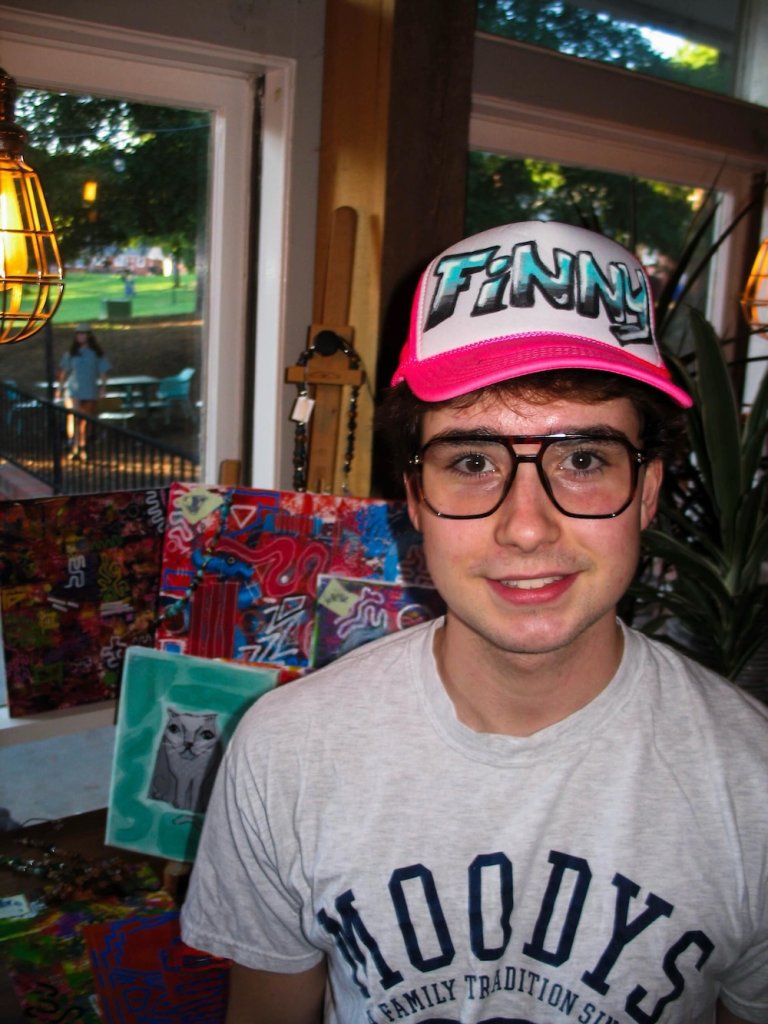

Finny Roach is a multimedia abstract painter and a student at Davidson College North Carolina. Working largely out of sketchbooks but also on canvas and occasionally dipping into sculpting, Finny’s work challenges the definitions of even abstract art.
Before Finny’s foray into art in college, he spent the last three months of his senior year of high school producing work in an at-home residency, the product of which was his first display. As a Davidson Arts and Creative Engagement Fellow, Finny shows his paintings around Davidson’s campus and one was featured as the cover of Hobart Park, a campus creative publication. Finny and I met over Zoom with an ocean between us, but his enthusiasm and passion made our conversation easy.
You use a lot of bright colors and you’ve got a lot of combinations of geometric and organic shapes. How do you choose what goes in and what vibe you want a piece to have, and why did you choose to work in this undefined genre and how do you plan out pieces, if at all?
I grew up reading and collecting a lot of graphic novels and something that fascinated me for a while were the expressions that artists were able to pull off with very minute, minimalist detail. Slight positioning of an eyebrow or the emoticons that come off of a cartoon character. If they’re drunk it’s the swirls, if they’re angry it’s like an explosion. I sort of accidentally spent a lot of time studying those shapes and geometric figures and they began to reappear in my art once I began to think about how to fill a composition, to call it visual noise, where there’s the most contrast, where it’s the busiest. I do that by using geometric shapes. Lots of times with those shapes, I’m sort of addressing their relationship with other shape counterparts. If there’s something geometric next so a natural shape, like a circle, that creates balance.
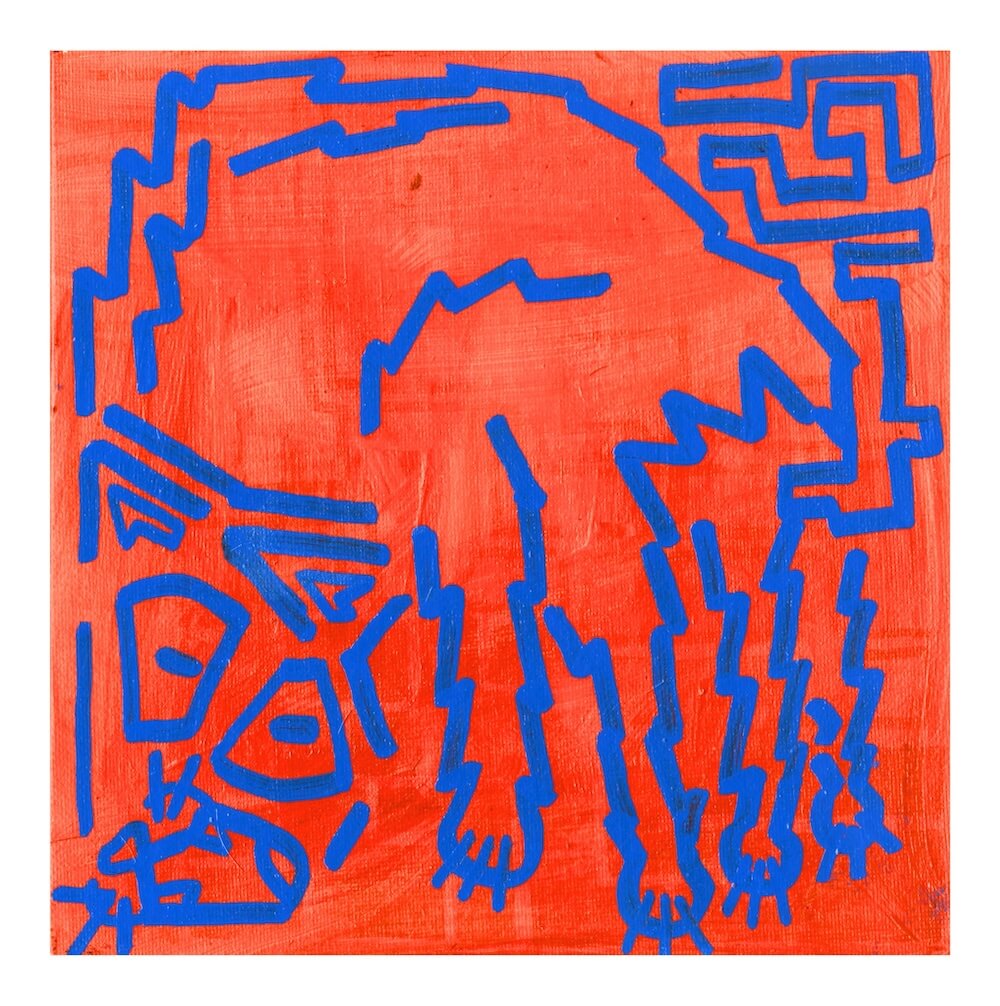
I think this is me arguing that I am an abstract artist, because a lot of those shapes appear and come up from my simplification of otherwise pretty complex shapes. And it’s something that’s taught a lot in drawing— I use drawing as a foundational building block for my art. I think there’s so much to learn about value. And so making that very complex shape, something that’s pretty difficult to understand, and turning it into something with no more than like a few sides, that’s very interesting to me.
As for the creative process, I don’t like the way most people talk about creativity. Like it’s a step-by-step tutorial and how you’re given worksheets and templates to help with creative flow. I would say that creativity is more of a muscle that you need to train, and with that comes overexertion and the rest that follows heavy work. Creativity is so personal and reflexive. Everyone else views it differently and how someone views it is gonna inform how their creative process is reflected.
How do you apply color theory to your work?
I do love the word complimentary, just to have opposite colors. Yellow and purple, green and orange, because it vibrates. It’s the most intense. I also like to work triadically, with three sort of adjacent colors. So I might work with orange, yellow, and green, since they’re all right next to each other. It’s kind of a simplification of the color wheel. What if the color wheel was only orange to green?
You mentioned working on canvas, but I’ve also seen your work in sketchbooks. What materials do you use other than that and how do you choose what goes where?
I live in my sketchbook because it gives me the opportunity to try different things, different techniques, or different ways that I want to represent or show something, maybe a creature or an idea. A lot of my work ends up being on paper. It’s just that a lot of my most successful work ends up being on canvas because I’m painting a more concrete idea. When I’m working out of my sketchbook, I’m usually using graphite pencils, inks, and I use a lot of watercolors, too. I feel like they’re a very delicate way to introduce color into a drawing or sketch. When I’m working on canvas or something canvas-like, like a wood panel, I’m using primarily paint. Acrylic paint. And I implement techniques and ideas that are brought up in my sketches. There is a little bit of a gap between that, translating one sketchbook language to a paint language.
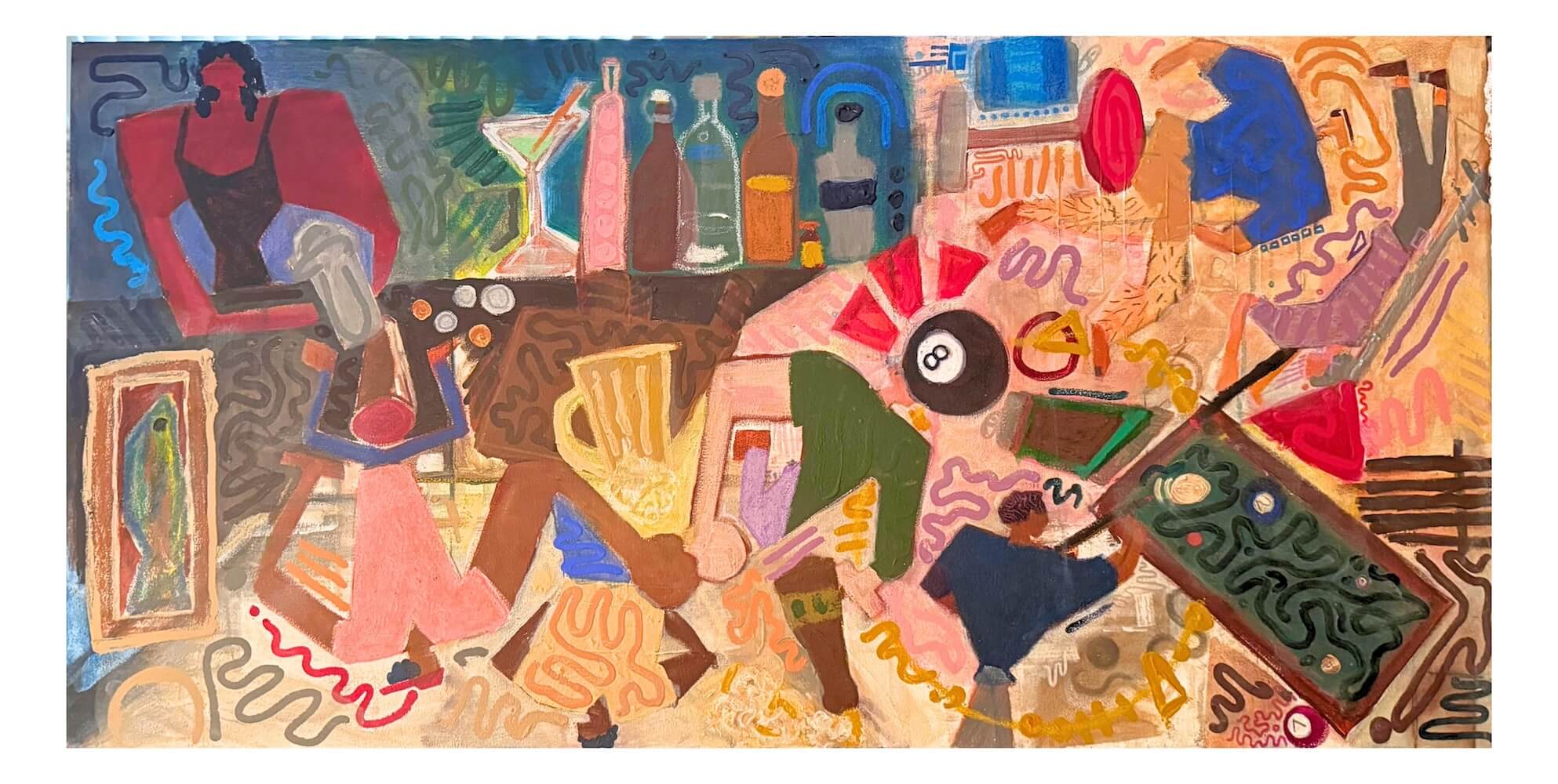
Can you tell me a little bit more about that translation?
Absolutely. It depends on tool type. Right here, I’ve got a fountain pen. So imagine with me, it produces much different marks than a paintbrush or the thickness of graphite on paper translates so much differently to canvas. I mean, the different materials– it depends on the surface you’re working on, the tools you’re working on, and what you are applying. Ink behaves differently than paint which behaves differently from pencils which is different from oil pastels, so there’s a whole bunch of chemistry there. It is also a trial and error process.
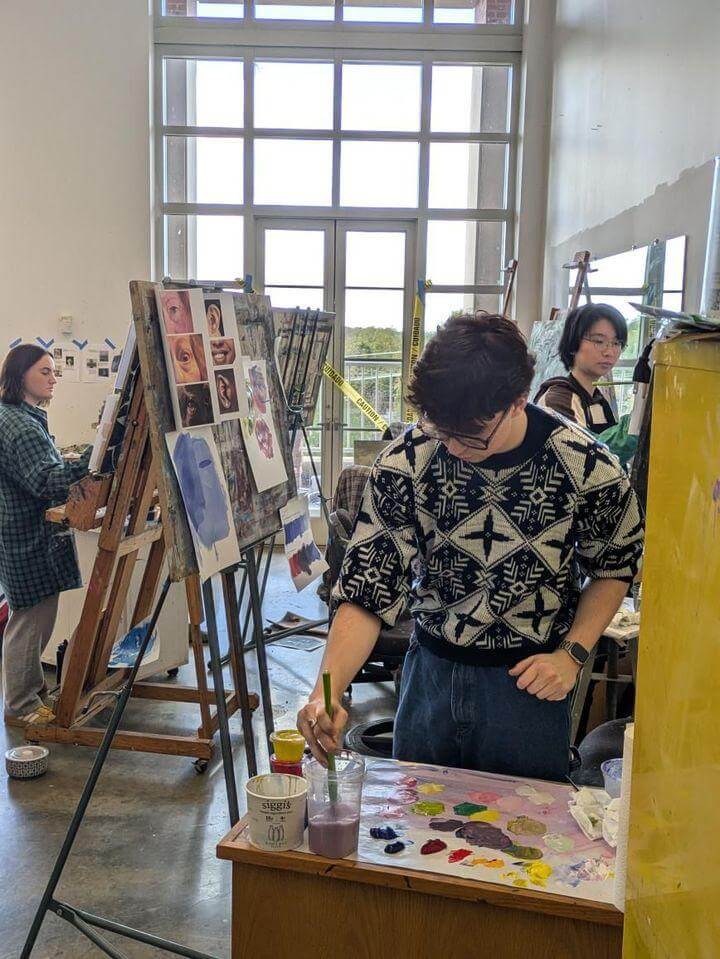
I recently visited the Picasso exhibit at the National Art Gallery of Ireland in Dublin, and it reminded me a lot of your art. What artists do you draw inspiration from? Are there artists you know personally that influence you?
Absolutely Picasso. I’m definitely as influenced as the next person by the big names. Keith Haring obviously makes a quite repeated appearance in my work, Warhol, Van Gogh— partially because they were leaders of their own movement. Basquiat, which is one that white boys love to reference, and I’m adding to that. Big names and whatnot. But yes, there are definitely more intimate artists that I draw from. A lot of my art friends send work back and forth, we talk, and I get really inspired by seeing other people work. And that’s why I love taking art classes, because you can sleuth around and see what everyone else is doing.
However, a lot of my choices come from my studying of art history. Particularly I’m influenced by cubism and the early 1910’s. Bold movement. I spend a decent amount of time sifting through art archives and I really like posters and propaganda. What comes up a lot is Russian constructivism and that was sort of a subset of cubism in Russia at the time. A lot of work that was produced was very political in nature. Under Russian constructivism, there’s another genre called suprematism and it’s sort of very Malevich. If you know Composition 8, it’s pretty on par with that. I like to draw a lot from that era, it’s interesting and also it’s been 100 years so someone may as well bring it back.
I’m curious as to your identity as a student artist. How has being a student impacted your art? Have you found art classes to limit your expression or strengthen your skill?
As an artist, it’s really important that you have a constant education. You’re always learning something, because that influences art, and if you’re stagnant in your art then why even do it? Make progress. It’s wonderful to be a student, but when I’m not eventually a student I’m still going to be taking classes and whatnot. My classes totally inform what I do and what I make. Right now, I’m in a graphic medicine class and we’re looking at disability representation through graphic novels and that’s been really interesting to me, to think more illustratively and it has totally had an impact on the way that I create. But then also, you mentioned intro classes and learning expression. That was a really big fear that I had for a while. I don’t want my creativity to be limited, I want free expression, I want to make what I want. And that rebellious lens of approaching art is never great. It didn’t do me any favors. My major advisor actually mentioned that I was always pushing back against authority.
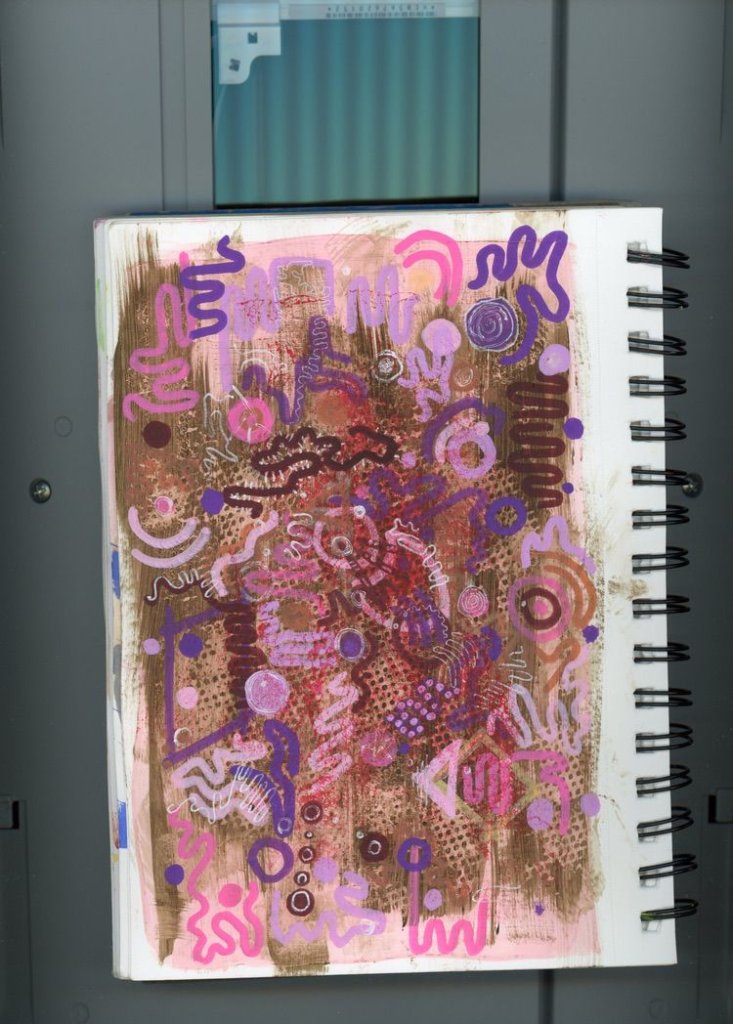
I was going from total, free control to being limited. I’ve always said that having a rule or guidelines when making your art helps inform it and helps with creativity. But for some reason I could not see that in terms of education with art classes. Just probably this year, I’ve started to actually participate in art classes and do the assignments the “right” way, which is totally boring, but it has brought back so many fundamental skills that I totally forgot about. I’m bringing heavy value back into my paintings now, and that’s on account of my drawing class. I’m taking a sculpture class, which has totally changed how I’m seeing art at the moment.
Is there a difference in your productivity depending on your environment? How does your art differ between your home and school studios?
At home, I feel like I have a little bit more room to fool around, room to test and play and be a little more experimental. It’s a more permanent area. I have the tarps and everything in my room, so I’m not afraid to get messy. But when I’m here, at Davidson, I’m a little bit more concerned with the footprint I’m leaving with my art, like staining the floor or leaving paint in the sink. When I’m at Davidson, my speed at which I create art slows down and it sort of takes a backseat to learning. I like to relate it to a race or something. I’m racing, racing, racing, and then I need my recovery period, where I relearn and whatnot. I’m not making a ton of work right now, but I switch back and forth. The work that I produce here is also a lot more academically informed.
To what extent is your art connected to your identity and how does that inform the process?
As I mentioned, I’m sort of into Russian constructivism, and that’s very political, and I’m also a very political person. I try not to let my homosexuality plague me or be the only thing that I make art about it, because I do absolutely make art about my identity and reflections on myself. Art is a very personal thing, so it’s hard to avoid touching on personal topics. I try not to lean too heavily into queer identity because, while it’s there and I honor that and I reflect a lot of that in my work, I still am a white man and I’m creating in a field that is overrun by white men. There are so many white guys making the same art out there. I also see an importance in political projects. I do research when I am looking at political topics, typically it’s a reflection of my understanding. For a piece that took me 120 hours, I was looking at West African philosophical theory of Ubuntu, where there’s an emphasis placed on community. My piece was a demonstration of my grasp on that.
What direction do you see your work moving in?
I’m asking myself the same thing, but I’m sort of at the point where I’m trying to wrap all of these different approaches to art over each other. As I said, I work in mixed media, with how I bring in sculpture, painting, marker illustration, digital art, and stuff like that. I would love to find a culmination, a way to bridge all of those points into one thing. But that seems to be an ongoing goal for many artists. I do see myself moving a little further past bright, bold colors. I want to simplify my art a bit more and sophisticate it. It’s very playful and fun right now, and that’s definitely how I’m feeling, but as I’ve grown to understand more about art and the art community, there’s a bit more gravity to the subject. That sort of reflects upon itself.

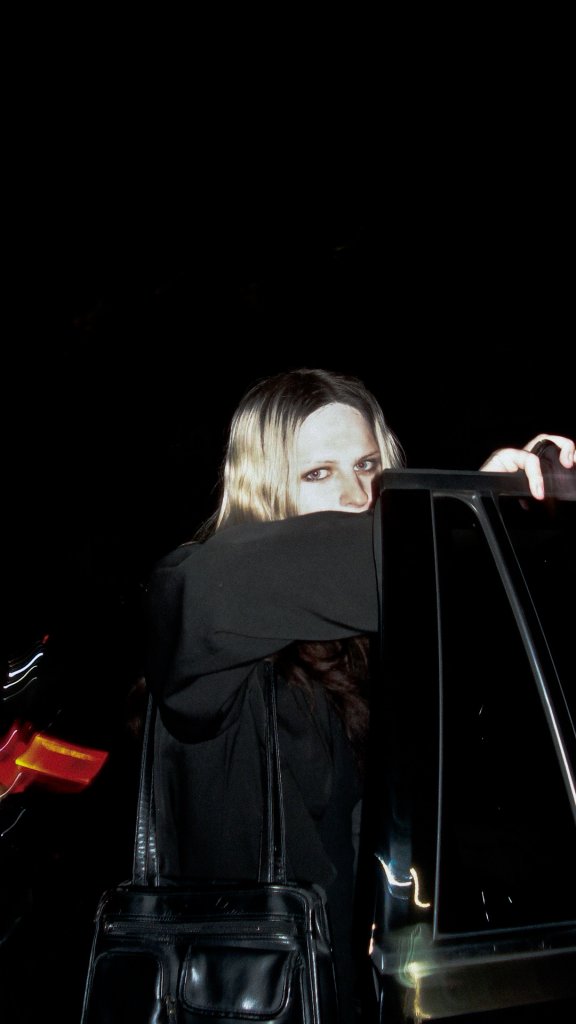

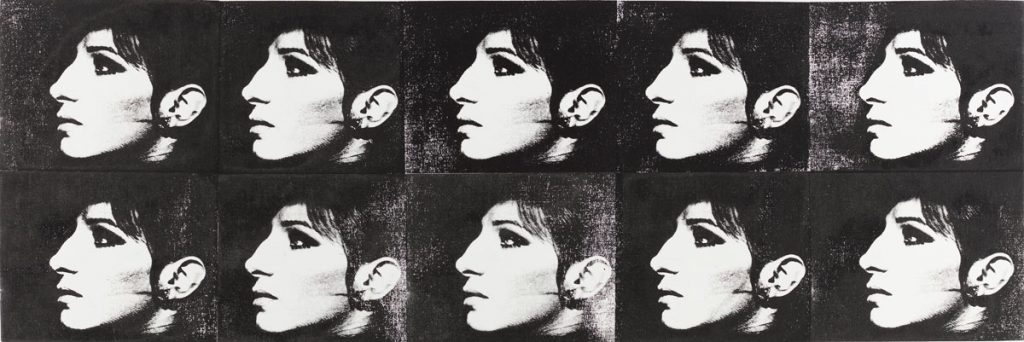
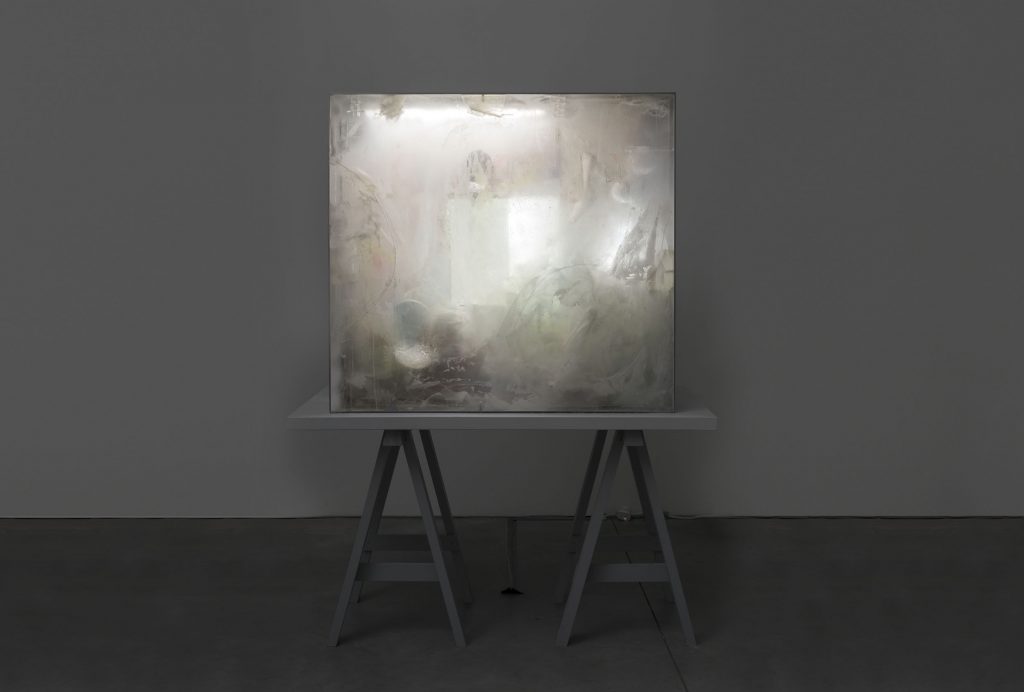
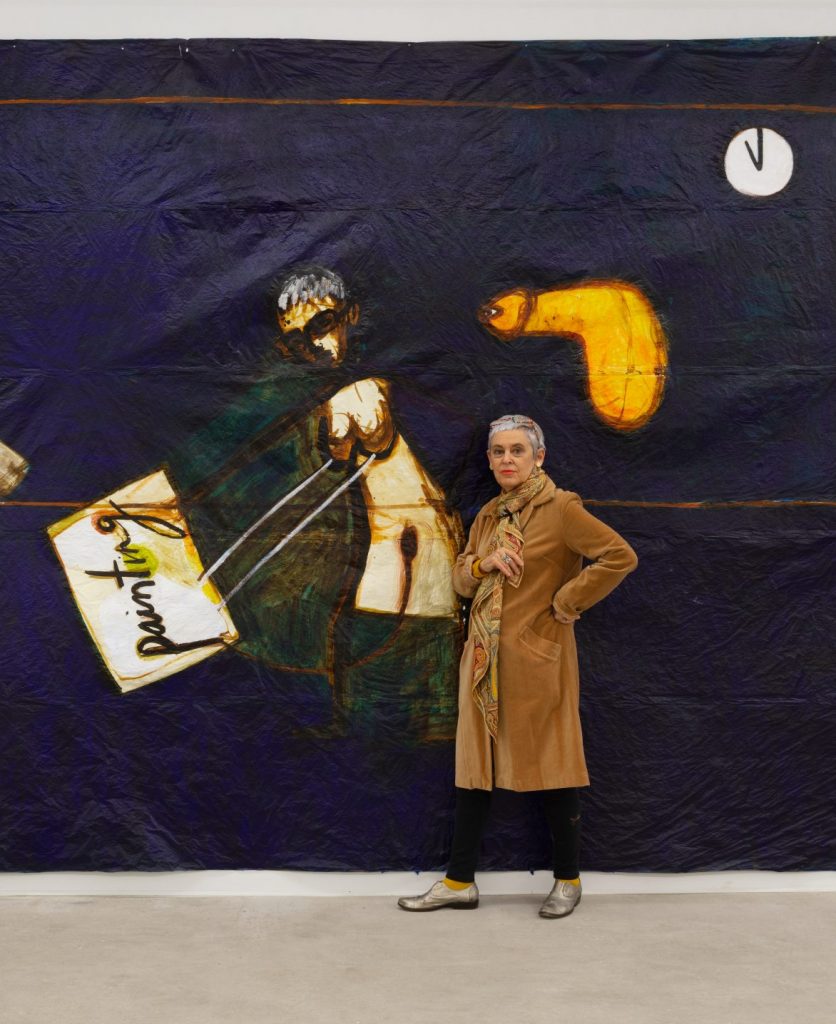
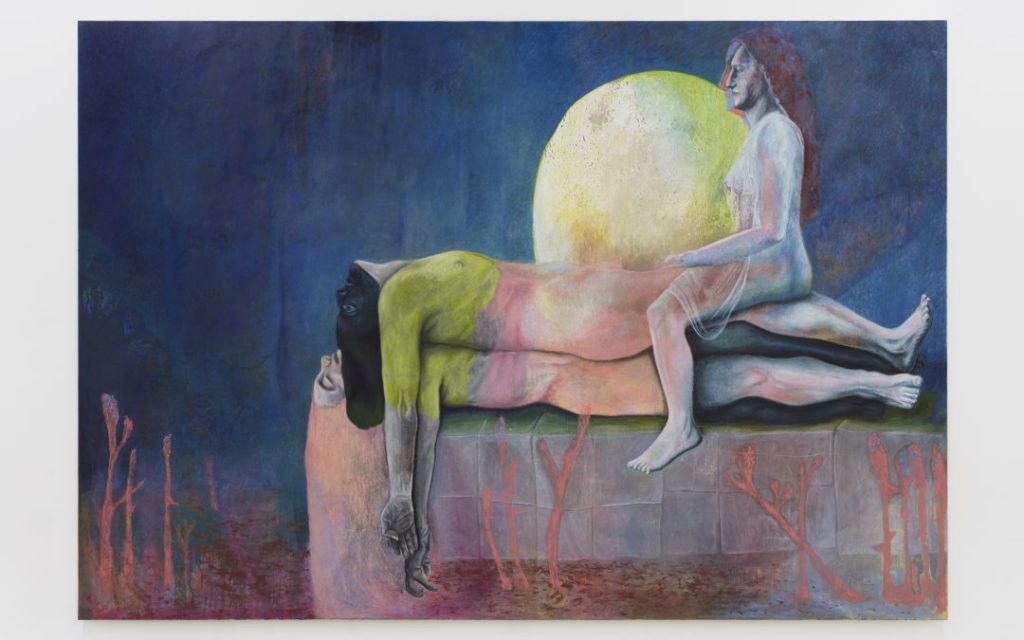
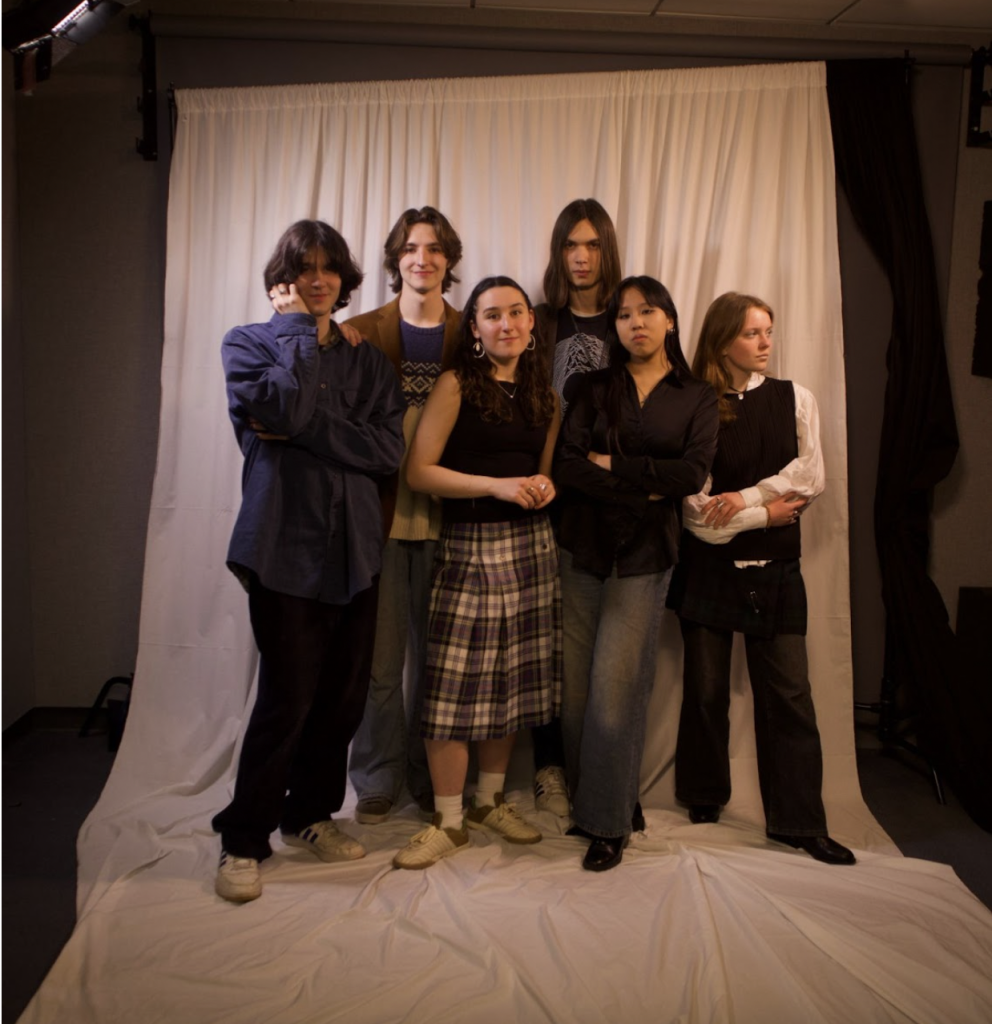
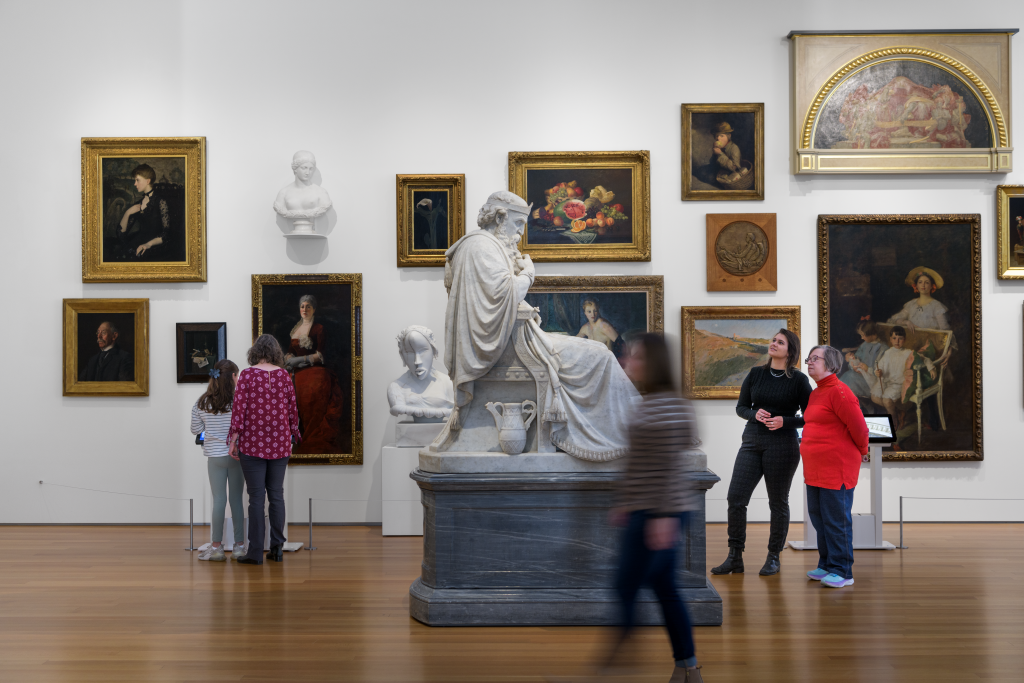
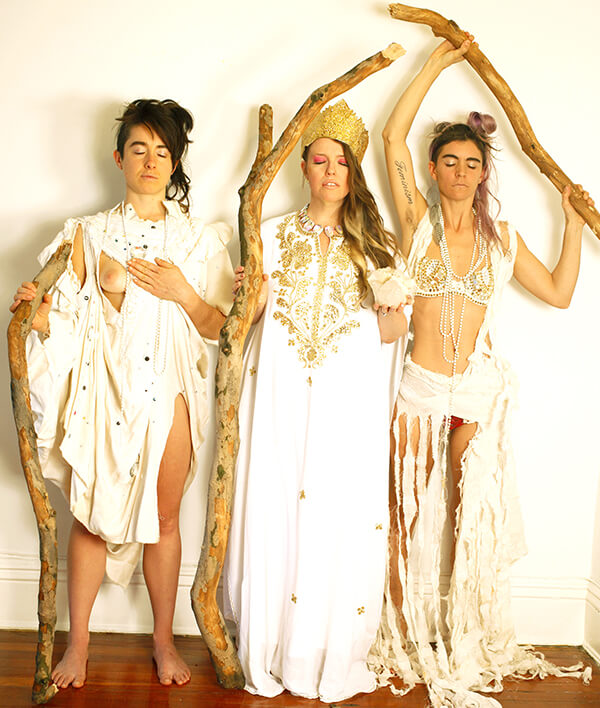
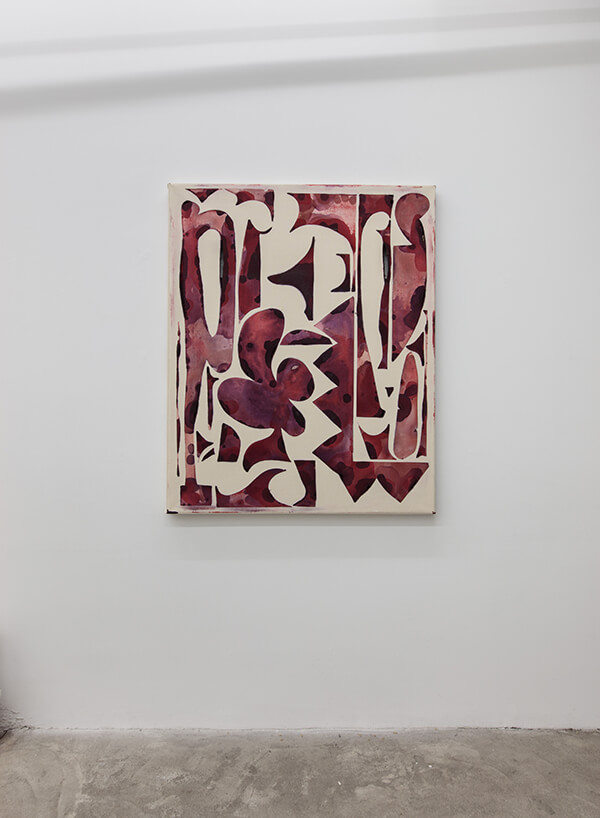
Responses